Learning Support Introduction
The Jockey Club “Diversity at Schools” Project is funded by The Hong Kong Jockey Club Charities Trust to implement the first phase (2018-2021) and the second phase (2021-2024). Through the gathering of educational expertise from the participation of all primary and secondary schools in Hong Kong, a School-based Diversity Management Model was developed. The Jockey Club “Diversity at Schools” Project (Phase 2) is a collaboration among the Faculty of Education of the University of Hong Kong, the Department of Computing of the Hong Kong Polytechnic University and the Department of Special Education and Counseling of the Education University of Hong Kong.
This project will continue to consolidate the “School-based Diversified Management Framework” (DM Infrastructure) through the three project initiatives of “Student Data”, “Differentiated Instruction” and “Learning Support”, as well as the establishment of a support mode and nurturement of teachers’ self-directed learning to further enhance the capacity of schools and teachers to cater for students’ learning diversity, so that each student can learn in an active and meaningful way.
In this project, the Learning Support Team provides professional training, customized school visits and regular review services to the participating schools based on the team’s professional advices on how these participating schools cater for learning diversities.
Based on the five student cases selected from each school, the Learning Support (LS) Team assists all participating schools to support and evaluate these five cases in terms of five domains: Inclusion Management, Learning and Teaching, eIEP (Electronic individualized Education Plan), Afterschool Support /Small Group and Parents’ Engagement across tutorials and school visits, and in consideration of the roles played by three distinctive members: SENCOs (Special Educational Needs Coordinator), SENSTs (Special Educational Needs Support Teachers) and LSAs (Learning Support Assistants).
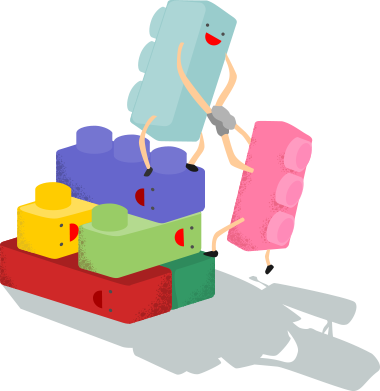
Learning Support Model
The Learning Support model is designed in a way to comply with Hargreaves & O’Connor’s ten tenets of collaborative professionalism (Hargreaves & O’Connor, 2017) in which the team will work closely with the participating schools in high-level project planning and execution. We will work together to develop a course blueprint which will be a piece of thoughtful work that involves dialogue and action. In the customized school visits, the team and the observed will enter into a genuine dialogue or engage in a heated debate about the best way to help the diverse learners.
Hargreaves, A., & O’Connor, M. T. (2017). Collaborative professionalism. World Innovation Summit for Education. An Initiative of Qatar Foundation. Retrieved from https://www.wise-qatar.org/2017-wise-research-collaborative-professionalism .
One Theme Five Domains
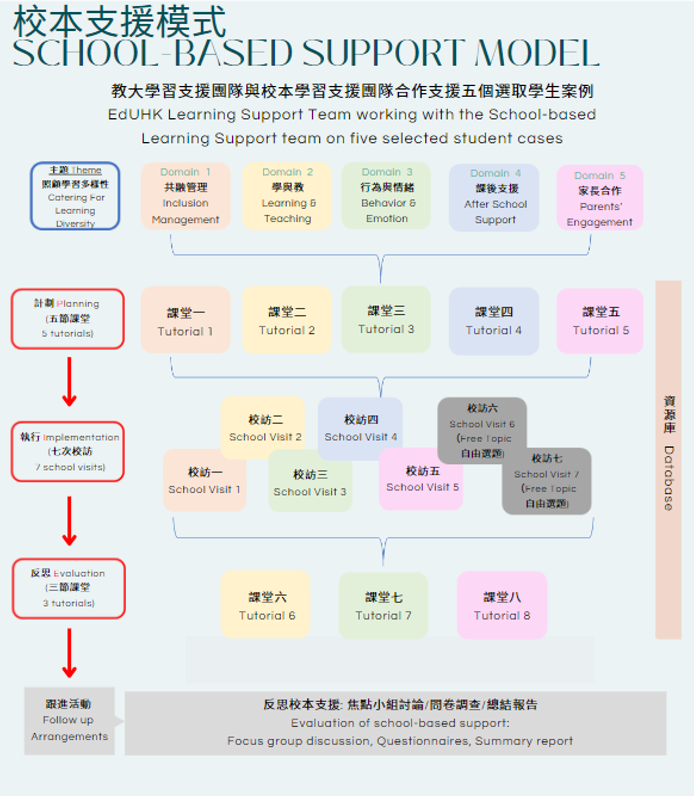
3-Tier Model
Tier 1: Support covers how we enhance inclusive teaching for the whole class
Tier 2: Support consists of small groups of students which offers interventions for behaviours and emotions in remedial setting
Tier 3: Support ultimately comprises one-to-one IEP support through the eIEP system
The interventions for parents, overall, will also be suggested for all these three tiers.
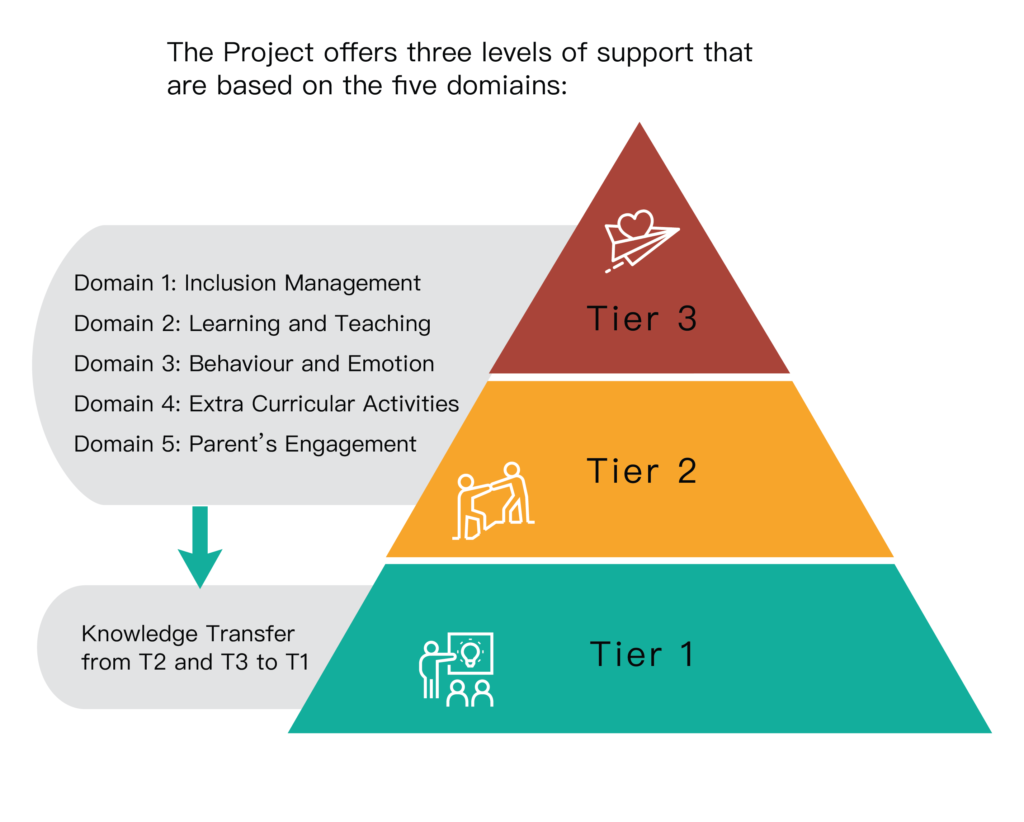
1 Theme Diversified Learning Support

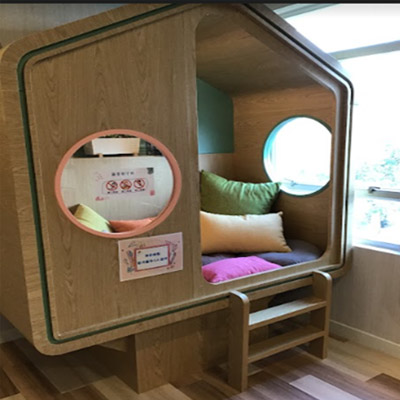
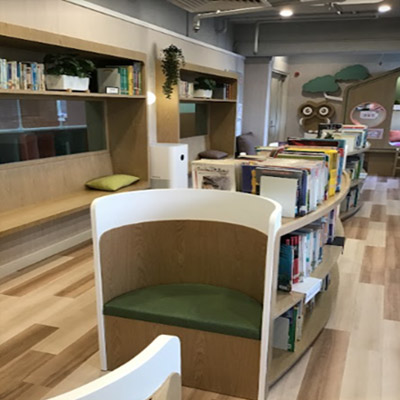
Our school library is designed to cater for students’ learning diversity. The school staff noticed that some students like to read with their peers. Through the experience of reading together, they came into contact with books and gradually developed an interest and habit in reading. Therefore, the school created an environment in the library to encourage peer reading and make students love reading more.
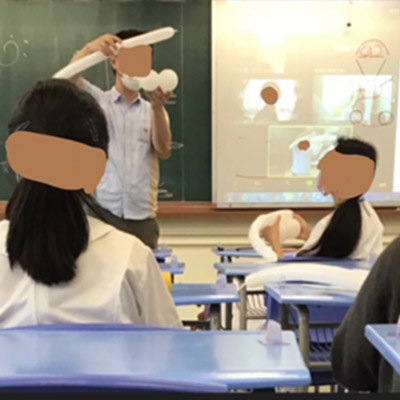
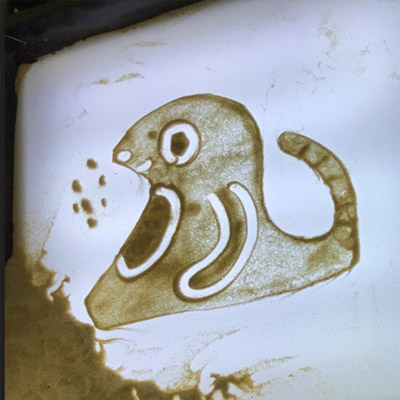
Our school noticed that some students have artistic talents, and they can play it better when they learn from their peers, so they cooperate with groups outside the school to provide students with sand painting creation (left) and balloon twisting (right). Both courses are designed to apply the strategies to cater for learner’s diversity, allowing students to learn basic techniques first and then through peer discussion, incorporating ideas with personal style to create individualized works. Each work has its own level of complexity and is reflected in each design.





